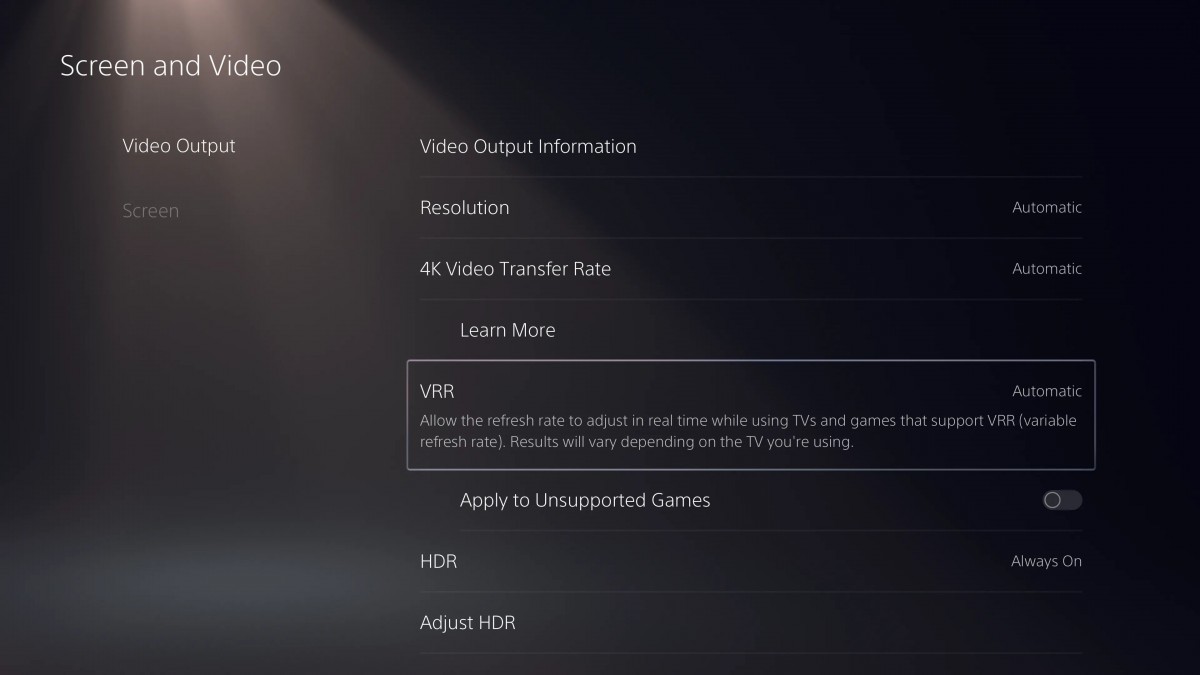Sony announced today that it will bring a variable refresh rate to the PlayStation 5 console. The feature will be rolled out via a software update, which will be available globally this week. Sony first announced that the feature would return in November 2020.
VRR on PlayStation 5 can be enabled via an option in the Display and Video settings. It can only be applied to supported games or forced to work on all games via an additional option. The latter option may cause some unexpected visual effects and may not necessarily work in all cases.

Sony has announced a list of titles that will receive native VRR support in the coming weeks. This includes Astro’s Playroom, Call of Duty: Vanguard, Call of Duty: Black Ops Cold War, Destiny 2, Devil May Cry 5 Special Edition, DIRT 5, Godfall, Marvel’s Spider-Man Remastered, Marvel’s Spider-Man: Miles Morales, Ratchet & Clank: Rift Apart, Resident Evil Village, Tiny Tina’s Wonderlands, Tom Clancy’s Rainbow Six Siege and Tribes of Midgard.
Other games will receive native support for VRR via a game update. The feature will likely also be included at launch for upcoming games.
Unfortunately, there is a problem with this announcement, and this is the feature that is only compatible with TVs and monitors that support HDMI 2.1. While VRR support was officially added to the HDMI specification with version 2.1, TV and monitor manufacturers have enabled the feature on HDMI 2.0 models as well.
This is a rather bizarre decision on Sony’s part as Xbox Series X / S consoles and even Xbox One X / S consoles have supported VRR on HDMI 2.0 displays as well. Sony’s decision will result in only the handful of HDMI 2.1 display users being able to use this feature, with the vast majority of users left in the cold.
For those wondering what this is all about, the variable refresh rate signals a compatible display to update only when the console or GPU emits a new frame. This ensures that the display refresh rate is perfectly synchronized with the display output, which removes instances of screen tearing without having to enable vsync, and also reduces problems with frame time inconsistencies when the console is unable. to keep up with the fixed refresh rate of the display. The end result is a smoother, more consistent, and more responsive gaming experience.
For those of you with a PlayStation 5 and an HDMI 2.1 display, you can experience it later this week.







Start a new Thread